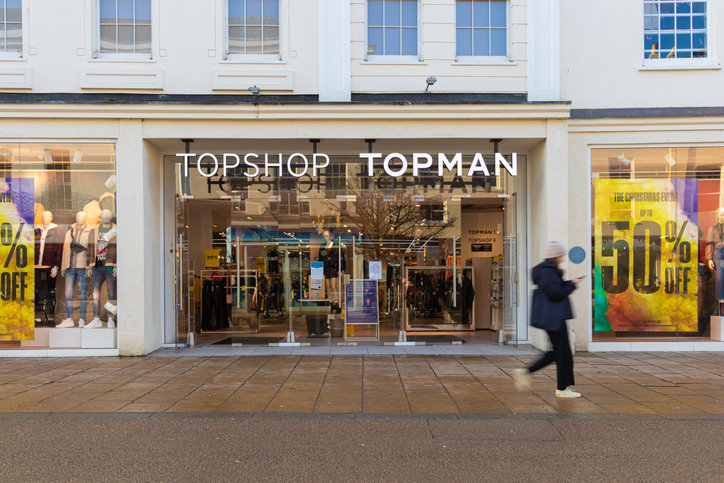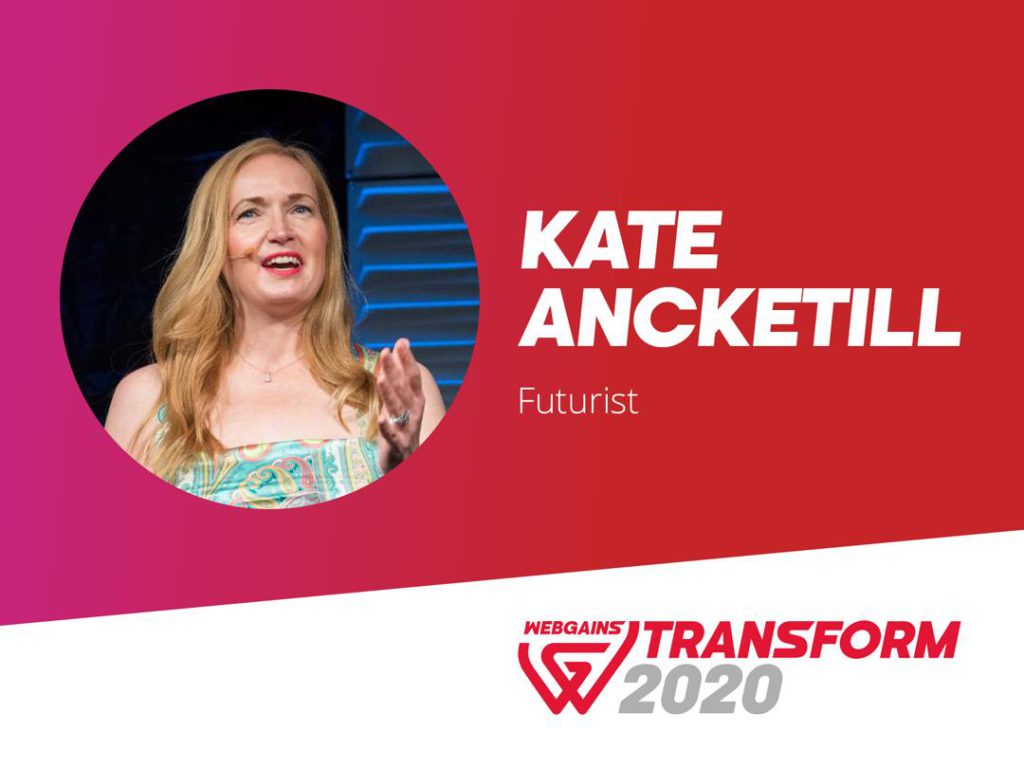It’s no secret that the high street was in rapid decline even before the events of 2020. The result of national lockdown has exposed the businesses that lacked innovation. Ultimately, this has led to the demise of many well-known brands; however, the removal of retail legends such as Debenhams and Topshop will make way for a more diverse high street in the future. The desire to diversify, innovate and to work with technology rather than against it, could be the key to survival and make for a brand new shopping experience.

Small Business Support
The increasing support for independents and small businesses will fuel the transformation of the high street. This will ensure our shopping venues become experiential centres for consumers that truly add value. This mindset shift can also be put down to various lockdowns across the globe, driving people to shop online, hence discovering new merchants.
As mentioned in our first instalment of the ‘The Future of Retail’ series, omnichannel will be a huge factor in the survival and success of the high street. Utilising omnichannel features such as collaborating with technology partners and incentive sites will help boost brand awareness of small businesses, appealing to local communities.
Engaging and reaching new audiences online via events, live streaming and content will also drive sales and discoverability, in turn, boosting local economy. The Shopify 2021 Commerce report found that young consumers are driving this change with 54% purchasing from independent retailers discovered via social media.
54% OF YOUNGER CONSUMERS PURCHASE FROM INDEPENDENT RETAILERS THAT THEY FOUND ON SOCIAL MEDIA
Source: The Shopify 2021 Commerce Report
Stores as Entertainment Centres
Regenerating the high street requires merchants to think creatively, for example, integrating AR technology within fitting rooms; hosting in-store events; and using live streaming.
Kate Ancketill, CEO and Founder of GDR Creative Intelligence, discussed in detail the future of retail during the Webgains Transform 2020 event, predicting that:
“Retail is becoming entertainment. It’s merging with entertainment media and if it’s not fun, humorous, educational or experiential, it’s not going to survive”.

Kate further expanded on this theme by likening stores to broadcast studios, utilising data and sweating assets of a physical store by reflecting the behaviours of customers. Data is crucial to ensuring businesses adapt and remain relevant in the ever-changing world of retail. Analysing the data from various channels helps to inform decisions regarding stock, as well as to highlight the emerging trends and hero products which will ultimately motivate the consumer to purchase.
Creativity is a key application to transforming the appeal of physical stores. AR is a tool which is rapidly gaining traction. Its function suits the likes of homeware and beauty brands and puts the power of technology into the palm of your customer’s hands. However, it is important to note that the technology can be expensive to implement, and merchants will need to carefully consider the application of it in order for it to suit the needs of customers and add value while driving their bottom line.
Exceptional Customer Service is a Priority
Local shopping centres and the high street provide a valuable service for Silver Surfers. The tactile and habitual act of shopping in physical stores builds community to mitigate loneliness and create a sense of place. The encouragement to move towards a more digital shopping experience can still cause some hesitancy for older consumers and the vulnerable. Being part of somewhere, interpersonal relationships and quality customer service is the draw for these consumers. It is important to note that online can only do so much to serve our needs; we still need the human touch.
ONLINE CAN ONLY DO SO MUCH TO SERVE OUR NEEDS; WE STILL NEED THE HUMAN TOUCH.
This is where customer service is expected to be a priority across the board, from Silver Surfers and Baby Boomers to Millennials and Gen X; alongside the emerging Gen-Z. Developments such as frictionless payments and easy shipping and delivery options were predicted to have been developed and enforced over five years but were smoothed out in less than six months. This builds trust and a level of expectation from consumers.
A Forbes survey reported that 59% of consumers will pay greater attention to customer experience than before. This means that there is little room for error, especially from SMEs. Instead of focusing on discounting and promotion, they excel at providing an excellent customer service; fast delivery; and easy payment options.
Convenience Vs. Experience
For the high street to survive and indeed to thrive, brands will need to strike a balance between convenience and experience. The year 2020 no doubt accelerated the concept of high streets becoming experiential centres, as well as using physical stores as logistical hubs and showrooms to fuel ecommerce sales. Consumers now desire for a frictionless process from product through to payment, service and delivery.
The concept of fulfilment hubs, however, brings new life to abandoned and closed shopping malls. Amazon is a prime example of a retail behemoth transforming former shopping centres into delivery hubs and warehouses. This tactic pre-dates the pandemic, with Amazon acquiring many locations throughout various countries, but the Covid time machine has sped up this process. We are now seeing more and more companies adopt this strategy, Walmart are noted to be another huge player adapting their bricks and mortar strategy to accommodate the rise in demand for fast and seamless delivery.
Furthermore, the emergence of dark stores and restaurants are disrupting the hospitality and retail sectors. Webgains’ Global Head of Strategic Growth Mumtaz Khamker notes:
“I have heard of this concept of dark stores, rampant especially during the height of lockdown, that were used by restaurants for food preparation and retailers for fulfilment, to cope with the spike in delivery demand.”
Grocery stores such as Whole Foods Market are opting to close stores to capitalise on these dark spaces. Alibaba’s Hema supermarkets, offer a food preparation service for customers to take away freshly cooked meals. This is the future of the high street starting to happen right now.
The concept of fulfilment hubs and the rise in ecommerce may seem like a threat to physical retail, but the key to its survival is to compliment these services and to add value to the shopping experience. As humans, we still crave tactile experience and connection. The high street offers the human interaction we desire and provides a unique potential to evolve into a perfect hybrid of online with offline.
In a post-2020 world, a low-touch and seamless shopping experience coupled with entertainment is the holy grail.
We can help you develop a winning strategy to put your brand in front of thousands of customers online – to drive offline sales too. Join our network to gain access to 250,000 publishers and generate more sales while building your brand.

